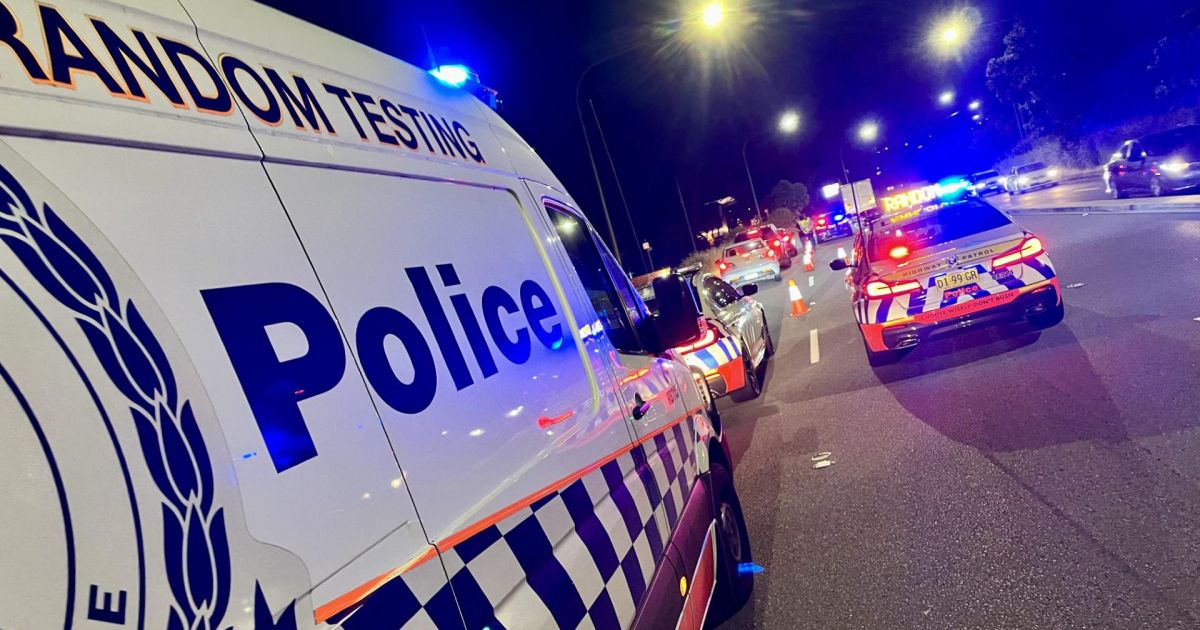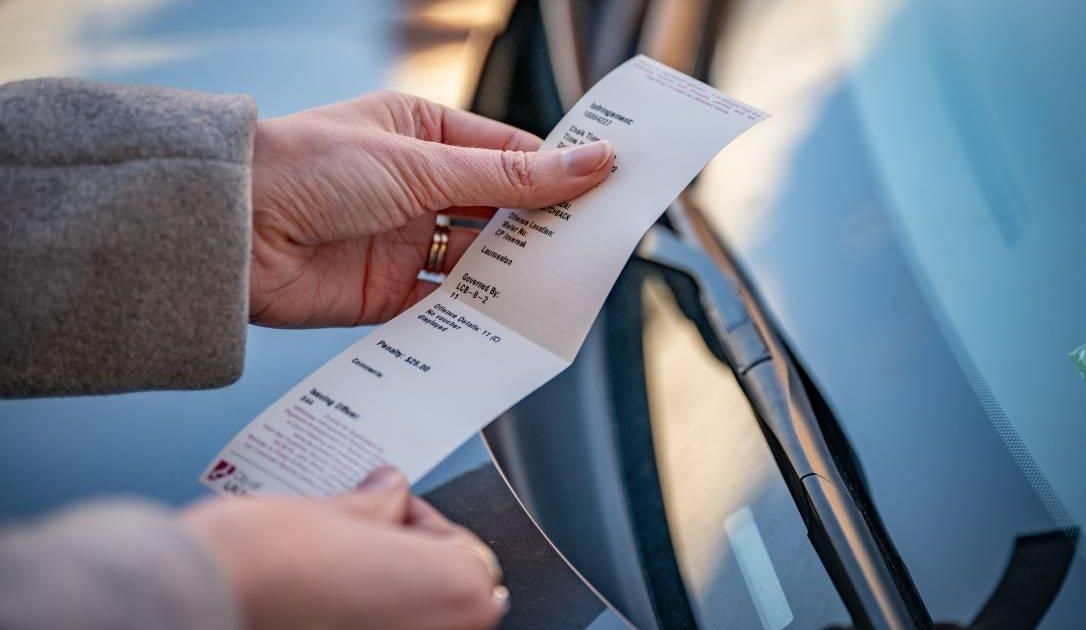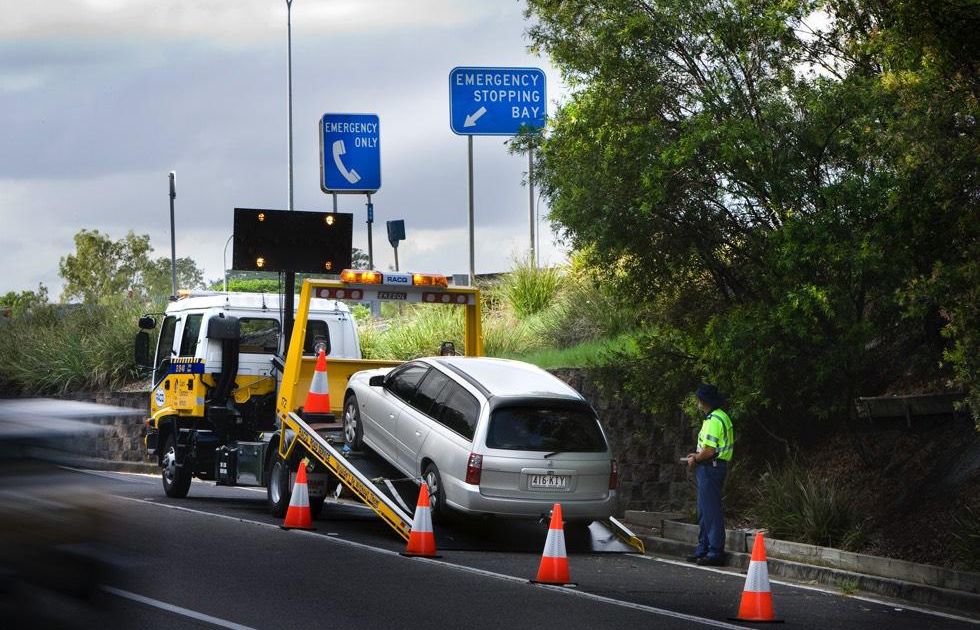Changes for motorists coming into effect from today – July 1, 2025 – include the use of artificial intelligence (AI) cameras nationally, an increase in fines, and new rules around emergency vehicles.
The new AI cameras have been rolled out nationally with face detection to spot drivers using mobile phones, with Queensland serving up the biggest penalty of $1209 and four demerit points for offending drivers.
The Sunshine State tripled its revenue from booking motorists in 2023-2024 to $464.3 million, but that hasn’t stopped the Queensland Government from increasing fines and vehicle registration costs by 3.4 per cent from July 1, 2025.
New South Wales (NSW) motorists will also face higher fines, with a 3.2 per cent increase based on the Consumer Price Index (CPI).
Hundreds of new car deals are available through CarExpert right now. Get the experts on your side and score a great deal. Browse now.
While the now $423 fine ($563 in a school zone) for using a mobile while driving in New South Wales may be less than the cost in Queensland, drivers face five demerit points (unchanged) instead of four.
NSW has also turned on two of its average speed cameras – used to detect speeding heavy vehicles since 2011 – to pick up speeding cars, too.
The state government switched the cameras to ‘enforcement mode’ on July 1 after a two-month ‘warning’ period of two average speed zones, which followed a 14-month trial.
One is on the Pacific Highway between Kew and Lake Innes (Port Macquarie) while the other is on the Hume Highway between Coolac and Gundagai in the state’s south. All other average speed cameras in NSW remain for heavy vehicles only.
Ticketless parking – introduced in many NSW council areas in 2024 – has been outlawed from July 1, 2025, after the NSW state government passed a bill late last year, deeming it ‘unfair’ to motorists.
Fines must now be attached to the vehicle, with images of the offence sent to the Revenue NSW and parking fine data now publicly available.
In Victoria, new rules around emergency vehicles start today, with motorists now having to slow to 40km/h – previously for red and blue flashing lights – around magenta and yellow flashing lights.
The change is designed to improve safety of recovery crews, tow vehicle operators and other workers such as roadside assistance vehicles, for example.
The maximum fine for not slowing is a hefty $961.
South Australia has also introduced new rules requiring motorists to slow down around emergency vehicles, with a 25km/h restriction in place from today.
It also includes recovery and breakdown vehicles with flashing lights – as well as police, fire and ambulances – with a $1648 and seven demerit points penalty for failing to heed.
This rule doesn’t apply if you’re driving along a road and the breakdown service vehicle is on the other side, or if you’re driving along a road with a median strip and an emergency services vehicle is on the other side of the road beyond the median strip.
Despite higher fines – and more enforceable offences – the Australian Automobile Association (AAA) described the federal government’s road toll strategy as a failure in a statement made last week.
The AAA provided new data revealing the 12-month period ending on May 31, 2025, was the deadliest on Australian roads.




